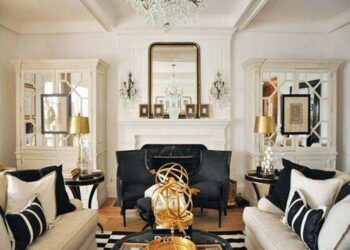Dark wood finishes are staging a major comeback in 2024. Designers and style experts report a renewed appetite for warm, richly stained woods in homes. After years of minimalist whites and cool grays dominating interiors, the aesthetic pendulum is swinging back toward cozy, earthy palettes. This revival is driven by a desire for warmth and comfort, the appeal of quiet luxury, and a growing focus on sustainability and craftsmanship. Architectural Digest notes that “wood-clad interiors are having a major resurgence…Wood is back, and being used in abundance”, while a Vogue survey similarly highlights dark wood-paneled walls as a 2024 design trend. By blending rich tone and texture, dark woods from mahogany to ebony are adding character and depth to contemporary spaces.
Why Dark Woods Are Trending Again
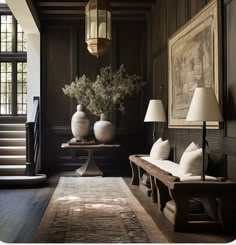
Designers point to several factors fueling the dark wood revival. First, warmth and nostalgia are in fashion. After a decade of stark modernism, homeowners want spaces that feel inviting. Bethany Adams observes that the trend “has much to do with the popularity of beige and the distancing from gray”—warm neutrals pair beautifully with deep wood tones. Timothy Corrigan of House Beautiful echoes this quiet-luxury ethos: “luxurious, soft, textured fabrics, warm rich woods, and quieter patterns…will reign supreme” in 2024. Dark woods like walnut and mahogany instantly lend a cozy, sophisticated vibe. At the same time, sustainability and longevity are guiding choices. Homeowners are shying away from flat-pack throwaway furniture and instead seeking quality pieces that last. Business Insider reports consumers now favor “more durable, long-lasting furniture” from brands focused on sustainability and craftsmanship A solid wood table or cabinet checks both boxes: it’s eco-friendly (often reclaimed or FSC-certified) and built to endure.
Other factors include a love of vintage and character. After years of plain painted walls, there’s excitement about original details like wood paneling. Robin Standefer notes that dark wood wainscoting can work in any style home: “You don’t have to be the richest person…you can use faux bois or even wood veneer wallpaper” to achieve the look. Indeed, designers everywhere are layering wood walls, ceilings, and floors. In summary, the comeback of dark woods is about creating comfort, celebrating time-honored materials, and answering the consumer’s call for spaces that feel both timeless and eco-conscious.
-
a. Warmth & Coziness: Dark wood inherently warms a room. With the shift toward beige, taupe, and terracotta tones, deep chocolate and espresso woods now harmonize beautifully with trending palettes. Homeowners are exchanging cold grays for earthier hues, making mahogany or walnut finishes feel right at home.
-
b. Luxury & Quality: Dark-stained hardwoods have long been luxury symbols. From turn-of-the-century antiques to modern “quiet luxury” interiors, woods like mahogany and oak convey sophistication and longevity. Investing in dark wood furniture or cabinetry suggests craftsmanship and permanence.
-
c. Sustainability & Durability: Today’s buyers want pieces that last. As a result, “many are turning to custom and high-quality brands that focus on sustainability,” notes an industry report. Hardwoods like walnut and teak are durable choices that can be sourced responsibly. In fact, four in ten millennials say they prefer eco-friendly or sustainable design. Dark wood finishes often signal solid-wood construction or reclaimed materials.
-
d. Vintage Revival: There’s a strong revival of traditional motifs – think grand libraries, old-world dining rooms, and mid-century homes. Wood paneled walls, once seen as dated, are now heralded as giving depth and historic character. Architectural Digest notes cedar-paneled dining rooms and mahogany-veneered living rooms are suddenly ubiquitous. This nostalgia for classic interiors is a key driver of the trend.
Historical Roots of Dark Woods

Dark woods have a storied history in decorative arts. For centuries they have been prized for rarity, strength, and beauty. Many of the iconic woods we cherish today have deep historical pedigrees:
-
a. Mahogany: By the 18th century, mahogany was the premier furniture wood. In England, the 1720–1820 period is even called the “golden age of mahogany”, when master cabinetmakers like Chippendale and Hepplewhite crafted gilt-accented chairs and tables in this reddish-brown tropical hardwood. Mahogany’s fine grain and durability made it ideal for dining tables, veneers, and carved details. It became so synonymous with quality furniture that rooms were often nicknamed “The Mahogany” in honor of its luxurious presence.
-
b. Walnut: Walnut (especially black walnut) has long been the “go-to” dark wood in America and Europe. By Victorian times, it was the choice for parlor furnishings, valued for its rich grain and workability. Pine and oak dominated colonial homes, but as woodworking advanced, walnut became the standard for chairs, desks, and cabinets in the 19th century. Its warm brown color and fine texture still make walnut popular for everything from midcentury modern credenzas to contemporary kitchen islands.
-
c. Ebony: Ebony is an ultra-dense, jet-black wood used sparingly as a high-end accent. It has adorned royal furniture for centuries, from Indian inlay tables to Art Deco chairs. Sotheby’s notes that by the 17th century ebony was “instantly recognizable as an item of value” and was coveted in both Europe and Asia. Think of the black keys of a piano or the ornate details on an 18th-century cabinet – ebony lent a dramatic, exotic contrast that signified status. While true ebony is now rare, its legacy lives on in contemporary design via black-stained woods and veneers that reference its depth.
Each of these woods carries cultural cachet. Reviving them today taps into that legacy of luxury and history.
Dark Wood in Contemporary Interiors
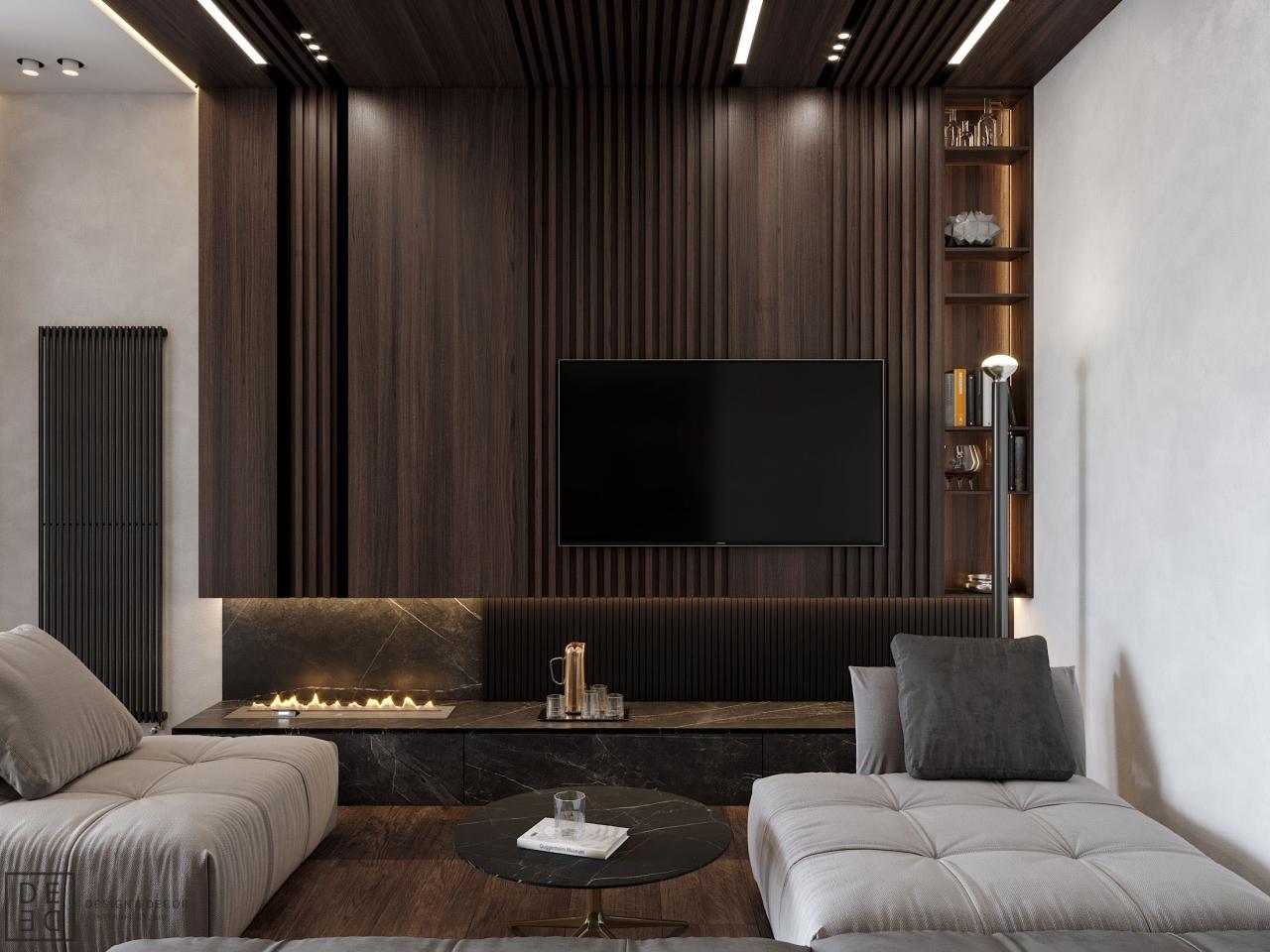
Interior designers are incorporating dark wood in all areas of the home. In living and dining rooms, you’ll find dark wood coffee tables, media consoles, and chairs taking center stage. In the kitchen, darker stained cabinetry or island units are replacing some of the long-running all-white trends. According to Houzz data, wood-tone cabinets (often medium to dark) have surged in popularity: wood is now the most common finish for lower kitchen cabinets, overtaking colors like white. In flooring, many new builds and renovations are swapping pale oak planks for richer tones. As one design panel predicted, “many new builds and renovations are opting for dark wood floors over the light, bright, white oak that was popular for so many years before”. The result is a home anchored in wood grain and warmth.
For example, consider this modern dining room: a dark stained trestle table anchors the space, its deep wood tone contrasting with light green upholstered chairs and neutral walls. The table’s dark finish adds depth and an organic touch without overwhelming the airy, sunlit room. This mix—dark wood with soft colors and plenty of daylight—illustrates how designers are using darker finishes. In living rooms, designers might pair a walnut coffee table or a mahogany console with linen sofas and gold accents for a layered, luxurious feel. In bedrooms, you might see dark wood bedframes or dressers against painted plaster walls, adding a sense of permanence.
Dark Wood and Sustainability
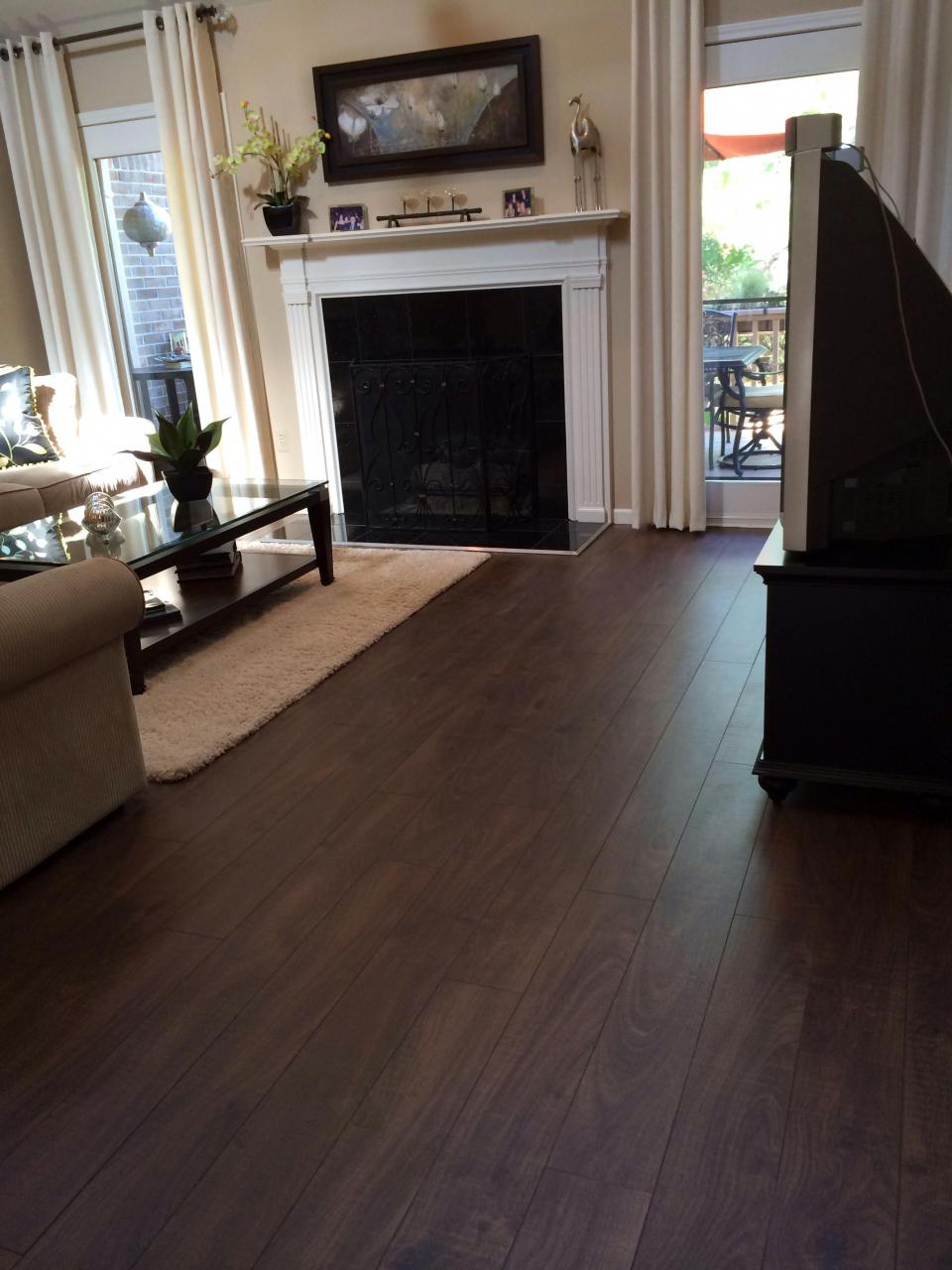
Dark woods also align with eco-friendly design values. Solid hardwood furniture is inherently durable and reparable, which supports the shift away from disposable decor. We’re seeing more reclaimed mahogany beams or walnut floorboards, for instance, being reused in new homes. Even engineered woods often use a dark veneer over certified plywood, giving the rich look with a lighter footprint. As rising incomes fuel home spending, many homeowners are choosing classic materials: the global market for interior design is booming (around $134 billion in 2023) with an emphasis on eco-conscious choices. In other words, dark wood isn’t just pretty; it’s a long-lasting investment piece that fits today’s sustainability trend.
Styling Dark Wood in Traditional and Modern Homes
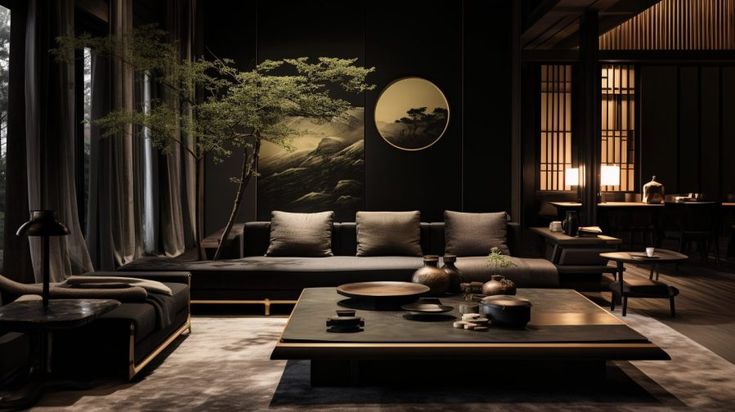
Styling dark woods requires thoughtful balance. In traditional homes, it’s often used in abundance: think paneled libraries, antique dining sets, and built-ins. In a rustic cottage or craftsman bungalow, a dark-stained oak table or walnut bookcases feel right at home. For modern interiors, the trick is integration: a few well-chosen dark elements can ground a contemporary palette. Aligned with cottagecore and dark academia trends, Kathy Kuo advises using dark wood “with rich textures like cashmere, wool, velvet, and hair-on-hide” for a cozy effect. Sue Jones of OKA points out that dark wood isn’t just for old houses: its “richness and depth” can create an inviting atmosphere even in clean-lined modern spaces. She suggests that if mahogany seems too heavy, a midsize oak with a dark stain can deliver warmth without feeling too “grandfatherly”.
Interior designers recommend keeping the overall palette warm and layered when working with dark woods. Albers tip: mix it with warm neutrals and texture. For example:
-
a. Pair with light, warm tones: Offset heavy woods with creamy plaster walls, pale rugs, or pastel upholstery. This contrast prevents the room from feeling too dark. AD designer Jamie Bush explains that with a darker wood interior, you should “draw the eye…to the exterior” by maximizing natural light and views. In one project he wrapped both floor and ceiling in oak, but balanced it with bright windows so the space felt “warm [and] enveloping” instead of dreary.
-
b. Use statement accents sparingly: If you’re not ready to paint walls deep walnut, start smaller. Try a dark wood accent piece—like a coffee table, sideboard, or kitchen island—and let it be the focal point. The rest of the room can remain neutral or lightly colored.
-
c. Embrace texture: Layer plush textiles and varied materials. A velvet sofa or wool rug under a mahogany table, for instance, adds softness. Kathryn Ireland highlights that mixed textures and layers (“handwoven textiles, complex stones, and expressive woods”) make a space feel collected. Deep woods pair beautifully with tactile fabrics.
-
d. Mix old and new: For a curated feel, blend antique dark pieces with modern fixtures. A pair of walnut nightstands alongside a sleek upholstered bed, or a vintage ebony mirror above a minimalist console, brings depth. This mix nods to tradition without feeling kitschy.
-
e. Consider metallics and glass: Gold or brass hardware on dark cabinets adds a touch of “quiet luxury.” Glass pendant lights or mirrors reflect light around dark wood surfaces. Modern design often juxtaposes warm wood with cool metals or glass to keep it fresh.
-
f. Stick to a warm color story: Other colors in the room should complement rather than clash. Think olive green, muted blue, or earthy reds alongside brown wood. Martyn Lawrence Bullard, a Vogue design guru, predicts brown will have “the most major moment,” appearing in lacquer, velvet, and linens. Indeed, a cohesive palette of warm earth tones will accentuate the enveloping feel that dark wood brings.
By following these guidelines, dark wood can look intentional in any setting. In a modern apartment, for instance, one might install a smoked-oak kitchen island and pair it with pale gray countertops, creating a striking contrast that still feels balanced (as product expert Kira Mclean suggests. In a traditional dining room, you might leave the walls cream and spotlight a carved mahogany buffet. The key is harmony: ensure the room feels airy and inviting, not closed in.
Conclusion
Dark wood finishes are more than a passing fad – they tie together comfort, history, and craftsmanship in a way that resonates with today’s homeowners. By reintroducing deep grain and color, designers are crafting interiors that feel warm, sophisticated, and rooted in tradition. Whether in the patina of a walnut dining table or the chocolate hue of painted paneling, dark woods add character and luxury. As interior trends continue to emphasize sustainability and timeless quality, expect the appeal of dark wood to endure. By blending these rich finishes thoughtfully with light, texture, and natural elements, any home—traditional or modern—can tap into their cozy, luxe charm.





